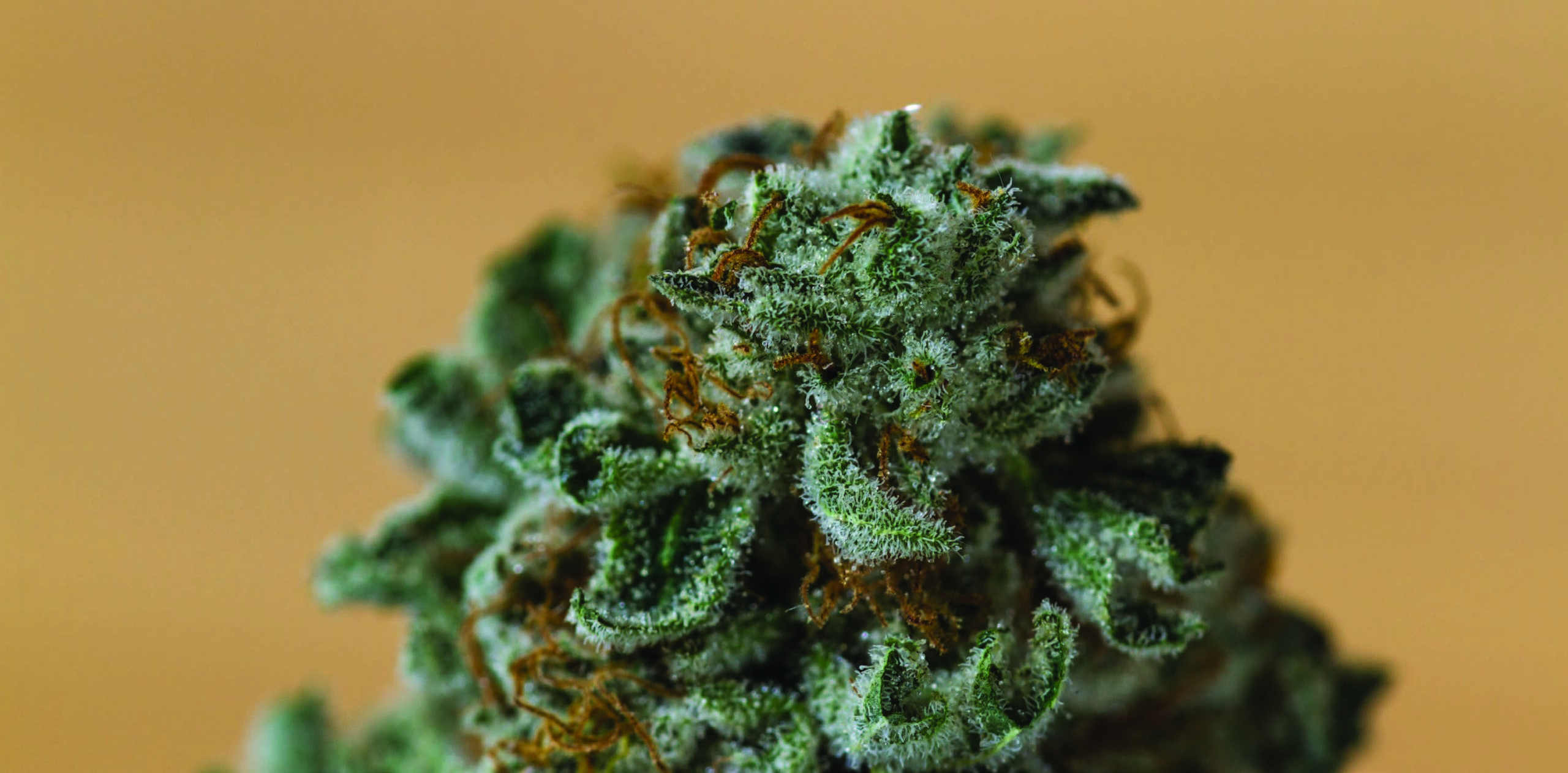Filters lost their luster? Snapchat lacking that old appeal? Let Jacob Brooks of Brumley & Wells Photography tell you about film, then you can call those photos of your dinner “still-lifes” and not “OMG!!! SO DELICIOUS!!!”
What do you shoot with?
I work primarily with medium-format film and shoot with a Contax 645 camera.
You started with digital photography?
I worked with digital for two years. Over time, I started to realize that the photographs that inspired and moved me, that made me want to be a photographer, were all film shooters. As I dug deeper and worked to improve my craft, I realized that shooting film was necessary to achieve the look that I wanted.
What is it that draws you to film?
I fell in love with the process. I love loading film canisters, finishing the roll, even being in the lab and watching as an image comes to life is such a rewarding process. I would’ve burned out as a photographer if not for film.
Why?
It’s so easy to produce a digital image, either with our phones or with a DSLR, and that takes away the magic. You have to understand film to shoot it – how to expose it, how to capture light – and that causes you to slow down, to think more and to shoot less. With a digital, you can be too aggressive and shoot off a hundred shots, but with film, you have to be more cognizant with each shot. You’re interacting with your subject on a more intimate level, and that shows in the results. There’s a feeling coming from the subjects I capture in film that I wouldn’t get in digital.
What changed most as you made the switch?
My approach, and the things that I value in an image. There’re images that, had I shot them digitally, I would’ve discarded. Maybe the focus is too soft, or something’s out of whack – but there’s something magical, something that moves you. Maybe the light or the intimacy of the subject, and you fall in love with it. Whereas with digital, you’d see the RAW file, see it as out of focus, and toss it aside because you had hundreds more to go through. With film, you value each image. One, because it costs a lot more, and two, because there’s less of them.
What do you value aesthetically about film?
This could get really technical. The dynamic range – though there are a few digital cameras that are supposed to match the range, there’s a falloff in the shadows and the highlights. With film, there’s a natural grain that’s so pleasing for skin tones, and is so pleasant to look at.
Are you biased against digital now?
I think I’m a realist. There’s a time and a place for the digital photograph, and it’s an amazing piece of technology, but at the end of the day, digital is trying to mimic film. Companies sell presets to make digital images look like film. For me, shooting film skips a step. That said, being able to shoot almost in the dark with digital is pretty great. Memory cards are way easier than film, but it still goes back to the process. I like hiking into a location where I’m shooting and lugging around these really heavy cameras in this huge bag filled with backup parts and inserts and lenses, plus another bag that’s just for film, and it’s a struggle, but it places more value on each image, and makes me question if the image I’m about to take is really worth the sacrifice of toting this stuff around.
What gets you excited about what you do?
Light. The subject comes to life in the light. I could have a great subject, but in poor lighting, I won’t get excited. If I’ve got a semi-decent subject and great light, I’m stoked out of my mind.
What’s different about being a film photographer?
When you take a picture on a digital, it’s impossible not to immediately look at that image on the screen. But I don’t get to do that. And because I don’t get to do that, I stay in the moment. I’ll be traveling and see people shooting, and everybody’s just buried in their screen. I did that, too. But now because I don’t have that luxury, I get to stay in the moment and keep my eyes moving. I don’t even bring a digital when I travel anymore.
What’s a good way to get into shooting film?
Get on eBay and find a 35mm camera somewhere between $60 to $200, and start experimenting. Honestly, the quality that you can achieve after some work to find what exposures you like and what works well can easily rival a digital camera that cost $2,000. You’ll have to find a processing lab, and the one that I use is called Mammum and is in Denver.
Cyle Talley is a 22-year Durango veteran and can remember when the mall had a K-Mart. Now he writes short fiction that you can read at: cyletalley.com or on Instagram @borderlineobscene.













